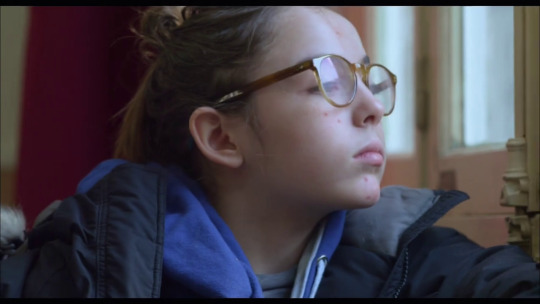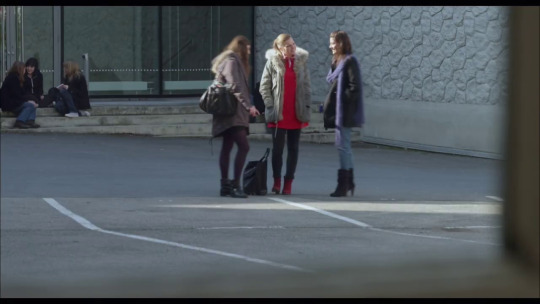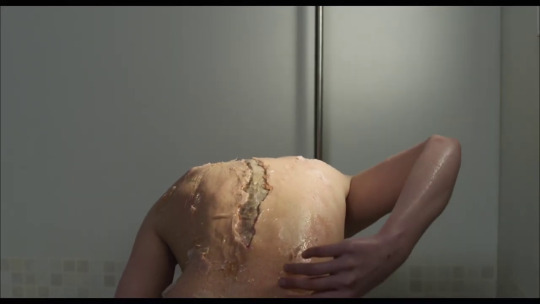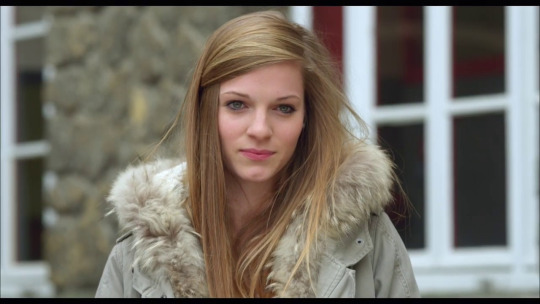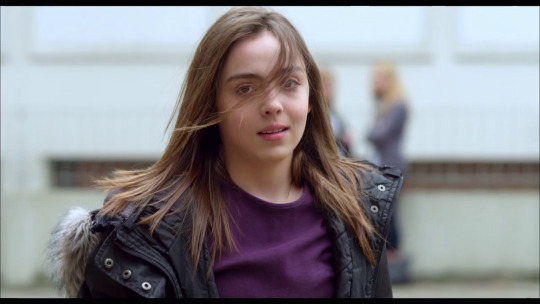Text

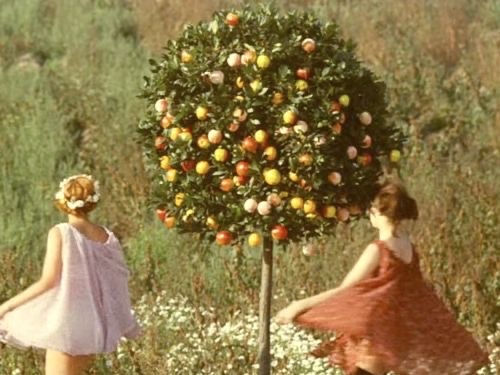
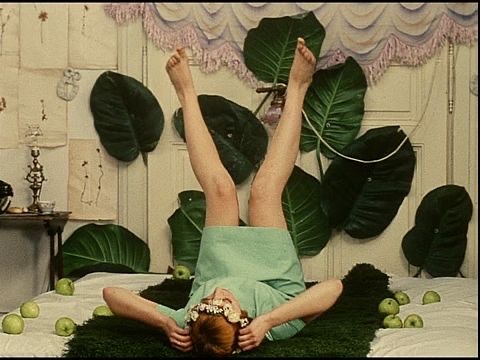
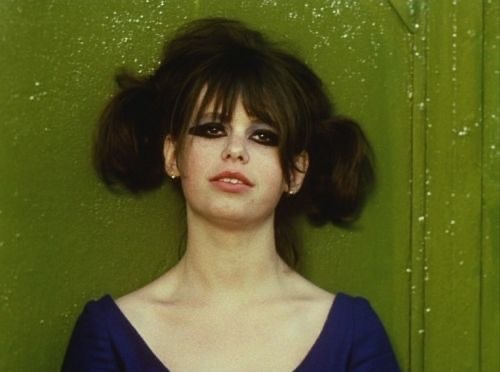
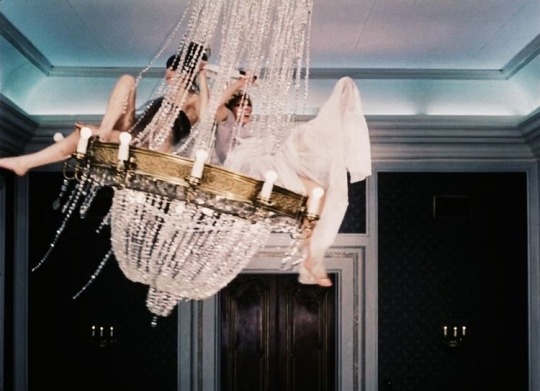

Daisies (1996) dir by Vêra Chytilova.
“Rehabilitation centre. Die! Die! Die!”
1K notes
·
View notes
Photo
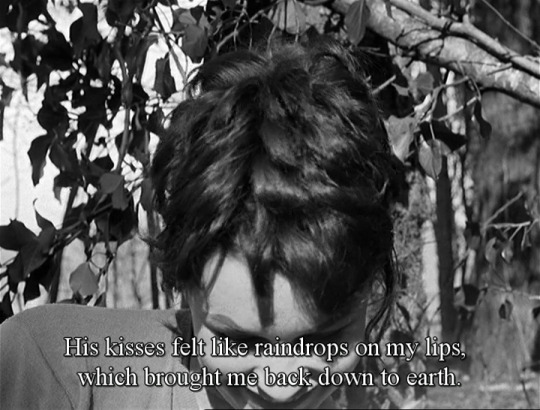
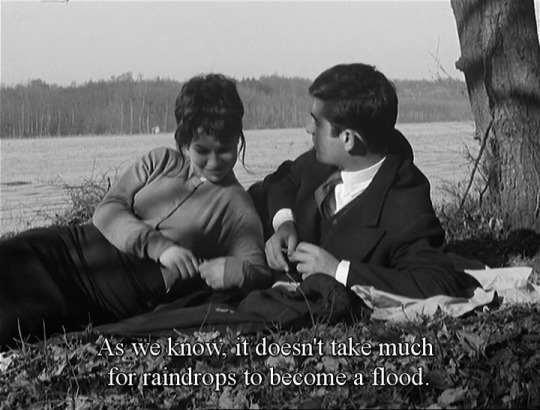
Une histoire d'eau (Jean-Luc Godard & François Truffaut, 1961)
607 notes
·
View notes
Text

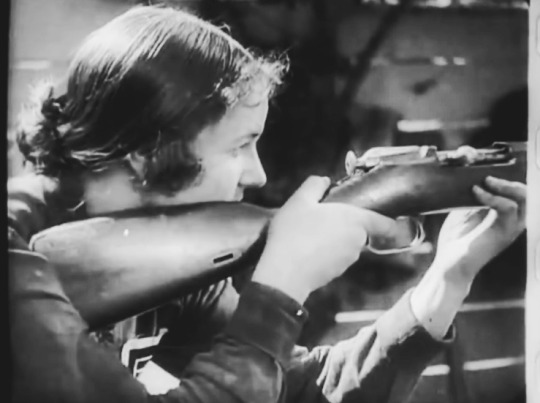
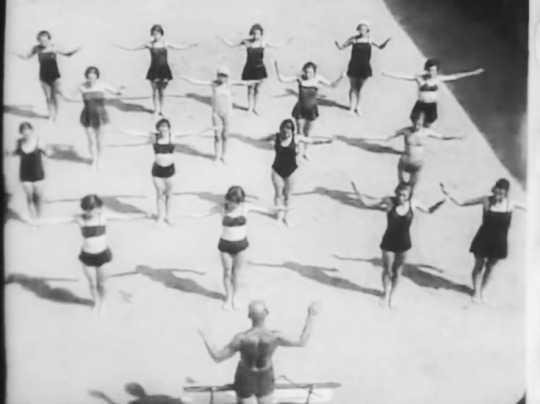
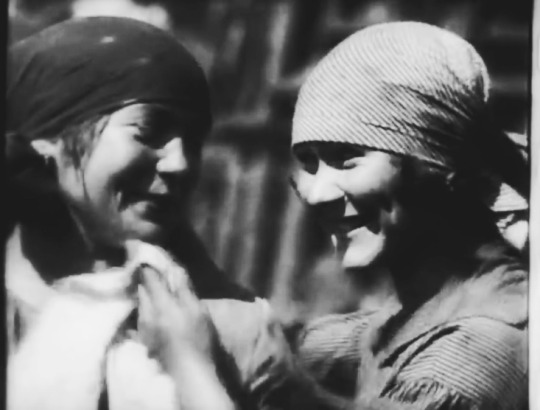
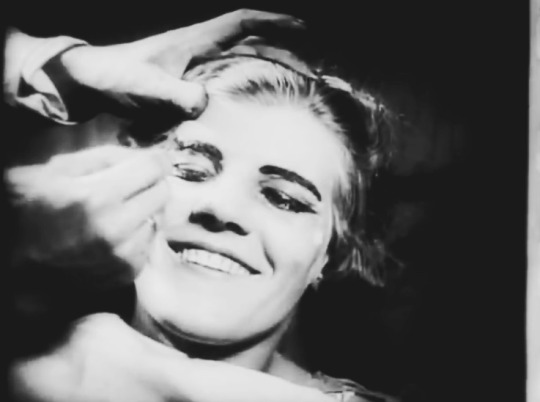
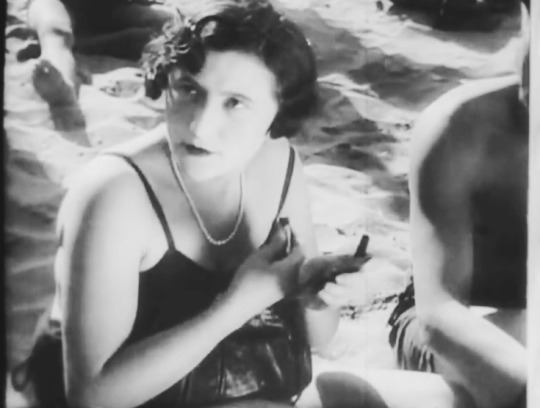
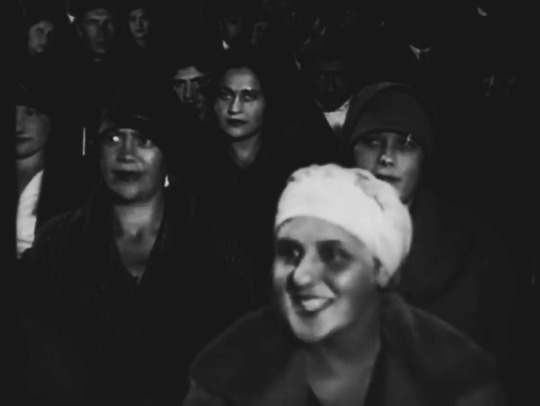


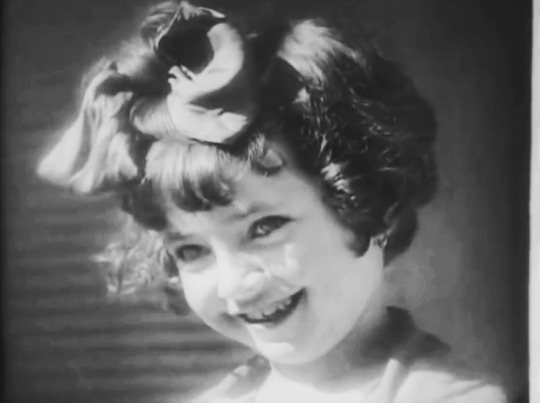
WOMEN (in man with a movie camera / Человек с кино-аппаратом (1929) dir. dziga vertov)
52 notes
·
View notes
Text
“There’s one school that’s like ‘Isn’t it great that certain stories are being told, period, regardless of who’s telling them.’ Being grateful has never moved the needle forward. I think it’s time to stop being so damn grateful for being thrown a crumb when we could have the entire loaf of bread.”
— Lulu Wang on Asian representation in Hollywood
400 notes
·
View notes
Photo







Céline commenting the second ending of Portrait, which is also the last scene they shot for the film
(@bereaving is the best, thank you for the beautiful GIFS!!)
“First flashback. There’s almost humor here, in that big scene with extras, shot in a studio. It’s the reconstitution of the Louvre, with a lot of extras. It’s like the movie we could have done instead.
The painting in front of Marianne represents the arch, the beach. She’s dressed herself in the colors of Orpheus, and Eurydice wears a white dress.”
*This Orpheus is very good, your father is in shape. - it’s my painting, I submitted it in his name.*
“A bit of mansplaining here”
*Usually, he’s portrayed before he turns around, or after as Eurydice dies. Here, they seemed to be saying goodbye.*
“I always wonder if the audience really think they’ll see Héloïse. I don’t think they do. I think they know it’s a painting.
It’s the very last shot of the film, Noémie looking at this painting.”
*page 28 appears*
“The first blow to the heart, this page 28. This lovers’ language, which is also the film’s language. In that sequence, this language is spoken at the same time by the film, the lovers and the audience. That’s why we do this work.”
914 notes
·
View notes
Text
Watermelon Woman

Cheryl Dunye’s Watermelon Woman is a super meta-narrative, where we follow Cheryl Dunye as she is producing a documentary on the old Hollywood, black female actress, Fae Richards. The film crosses shot footage and narrative footage, where either the characters are aware they are on film or not.

The mystery of Fae Richards drives this film, while we are simultaneously shown the life of Cheryl Dunye. Cheryl is forced to hunt down information on a black actress, for, in her work, she is only referred to as the watermelon woman. The searching process brings to light the erasure of black women’s impact on film, second to men, and white women. Another big part of this film is queerness. Both Fae and Cheryl are queer black women, and interestingly enough, both date white woman at some point. However, for Fae, it is her white partner who is recognized for her work.

At the end of the film, it is revealed that Fae isn’t real. However, she kind of is. She is the black female queer artist, often forgotten and disregarded. She represents those black artists, filmmakers, actresses whose lives are defined by the stereotype they play on screen. Like Julie Dash’s Illusions, we see the recreation of a narrative to make up for the erasure of black narratives.

291 notes
·
View notes
Photo


“At El Pampero Cine we’ve been making films for 10 years, and we work a bit in reverse of how filmmaking usually operates. Usually, one person writes a script, raises a budget, casts, finds locations, makes contracts with those locations… You create a whole structure and a system based on a screenplay someone wrote. Here, it’s a bit different: Verónica actually lives with these dogs near the location where we shot, and we had all these things at hand that stimulated our imagination. It’s not that we settled for what we had—we transformed it and re-thought it and asked ourselves what to do with this. We built this fiction based on what we had and this is precisely the way that El Pampero works. It’s a production company and a collective that sustains itself completely independently, without government funding and without institutional support. I think this was key for producing the film that Veronica was imagining.”
- Laura Citarella on La mujer de los perros (Dog Lady, 2015)
96 notes
·
View notes
Photo




Polina, danser sa vie (2016), dir. Valérie Müller, Angelin Preljocaj
42 notes
·
View notes
Photo










“Are you listening? Whoever you are?”
Julie and Julia (2009)
166 notes
·
View notes
Photo




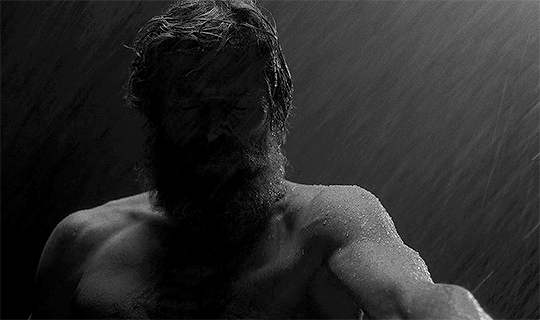
MOVIES WATCHED IN 2020
↪ The Lighthouse
dir. Robert Eggers
684 notes
·
View notes

